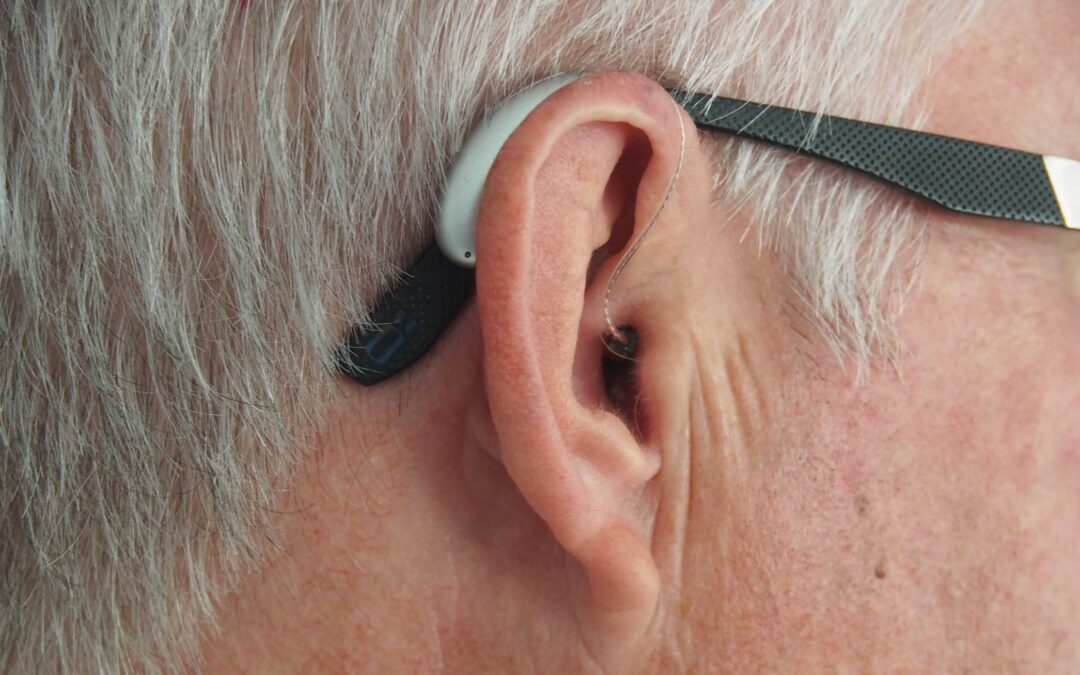‘3.5 million Australians aged 15 and over (22% of the population), have mild to severe hearing issues’ – National Today (2021).
How can your workplace acknowledge and learn from Hearing Awareness Week?
- Give your employees the right tools:
Provide adequate equipment and support for affected employees to do their job effectively. For example:
– Ear protection on noisy job sites;
– Education;
– During meetings, position those with hearing loss in clear view so they are unobstructed from the presenter’s lips and clear sound;
– Where appropriate, seek to provide advanced audio relay systems on your phone network or in meeting rooms; - Reduce noise:
Noise-induced hearing loss is especially common in the workplace. Reducing noise levels at the source, as well as provide hearing protection are both effective ways to protect the hearing of those who work in loud environments such as construction sites. - Spread awareness:
Sensitize employees about the ways to better prepare the workplace for people with hearing loss. - Provide yearly hearing checks:
We offer hearing checks to businesses for both pre-employment and yearly hearing check up. This enables employees to determine if they have a hearing impairment and helps find solutions for them to cope in the workplace with this impairment.
Facts about hearing loss:
- Early detection is beneficial – Most people wait as long as seven years before consulting a doctor.
- Hearing loss is preventable – About half the global cases are preventable through for example immunisation, prenatal care, workplace education, avoiding loud noises and avoiding certain medications.
- Curability is dependant on the damage location – Some hearing problems may be corrected through surgery or medications, whilst sensorineural loss may be permanent and can only be managed.
- Causes of permanent loss are scarily prevalent – Common activities include listening to loud music through earphones, working on a noisy job site without ear protection or sudden loud noises of a certain decibel.
